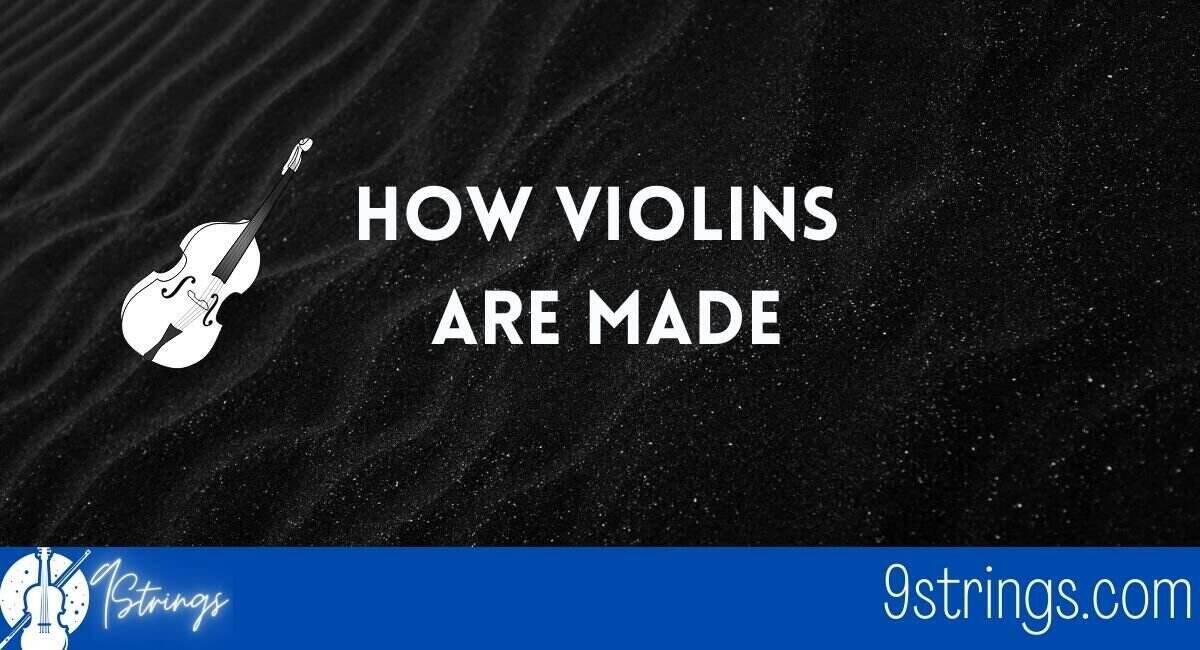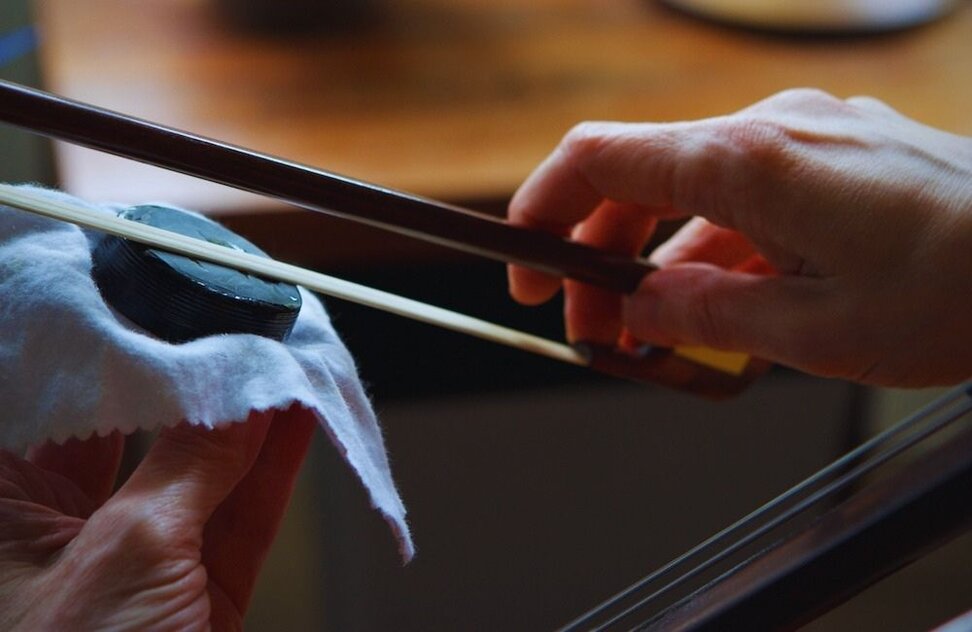Among all other stringed instruments, violin itself created a totally different form of music genre only through its instrumentation. In the string instrument family violin is the smallest and highest-pitched musical instrument. Learning and mastering the violin is said to be the most difficult among all the musical instruments. To master a violin one of the very basics is holding the violin bow. The more natural you are with it, the better you grow up as a violinist.
A violin bow is also claimed as a ‘Fiddlestick’ by the violinist community. It is a wooden stick that is strung with hair (horse hair) which helps you produce the desired tone and a somber sound. How the violin is going to sound it depends more on a violin bow than how you use it to make sound. The technique to hold a bow impacts the precision and capability to persuade the desired tone and emotion out of the stringed instrument. Once you form and grow a bad habit of learning in a bad way, it’s difficult to unlearn in the next period once you habituated it. So it’s a must to learn violin holding in the best way from the very beginning.
Parts of a violin bow

Tip
Tip is also termed a point sometimes which is the pointed end of the bow. This is the part where the hair connects the bow.
Hair
Traditionally horse hair is used as the strands which are strung across the bow and the part which rubs the violin strings to create sound.
Stick
The major structure of a violin bow, the stick. The ingredient of the part is most often the pernambuco wood. But it also could be made from brazilwood or synthetic materials such as carbon fibre.
Bow grip
The part where the hand holds the bow, made of leather pad and metal winding.
Frog
Usually it’s made from ebony. Frog is a carved small piece of wood where the hair is connected with the base of the bow. This is where the mechanism of tightening and loosening of the hair occurs by turning the screw.
Eyelet
This is a small brass piece inside the frog of the bow, allowing it to be tightened or loosened with a turn of the screw.
End screw
An end screw is used to make the hair of the bow tight or loose.
How to hold a violin bow
The thumb Position
The first thing on holding a violin bow is forming a good thumb position. Bend the thumb of your hand close to a 90-degree angle. The proper corner ought to be embedded into the crevice that’s shaped between the calfskin segment of the grip and the frog. It’s better not to put it within the frog’s score.
The moment you are able to feel the metal clip holding the hair in the place under the thumbnail, you’ll know that you are on the right track on making a good thumb position on holding the violin bow.
Position of the fingers

Your center finger ought to be hung over. You’ll be able to feel the calfskin hold on your knuckle. The tip of the finger ought to be on the metal clip. Your ring finger ought to moreover be hung over your bow. You may indeed feel the adhesive against your knuckle. The tip of your finger ought to cover the frog’s center speck.
Your pinky finger ought to scarcely touch the bow. Keep the finger away from the adjusting screw and keep it bent. Keep it bowed and absent from the altering screw.
Your record or index finger is hung in the same way, but your knuckle needs to feel the metal winding. This figure is implied to wrap around the body, and the tip ought to touch the calfskin hold. Usually the foremost basic finger position.
The index finger should never be fixed and straight while playing. It is this finger that’s aiming to do most of the work here. Try and space your fingers as equally as conceivable. The hole between the center and file fingers can be a small more extensive, but the rest ought to be equidistant.
How much tightly to hold
It’s better than best to hold a good grip of the bow without holding the bow too tightly. A relaxed hand provides a better control on the bow. So it’s neither better to keep a tight course on the bow nor a loose grip, rather keep a smooth grip to increase your performance on holding a violin bow.
The contact point
Positioning is very vital while using the bow to play. The best way to position is to put the midsection either on the D or A string. Hold it parallel to the violin’s bridge and the fingerboard’s end. Connect the hair with the fullest section of the F hole.
This will be approximately half of the way between the fingerboard and the bridge. This position ought to be more comfortable as your elbow and wrist ought to be level. Keeping your arm higher will increase the pressure. This, in turn, makes it harder to control the developments.
It’s a common fault for the starters to place the hairs too close to the violin’s fingerboard. Keeping your arm relaxed and wrist in a flexible and comfortable position is the best way to avoid this fault.
Final Notes
Not getting the right and exact position will lead to a more difficult playing of the violin. Getting in the position to hold a violin bow is pretty much vital. To ensure the positioning of your holding and positioning demonstrate with your mentors or teacher and if you are alone, try practicing in front of the mirror. It will improve your bow holding a lot.



